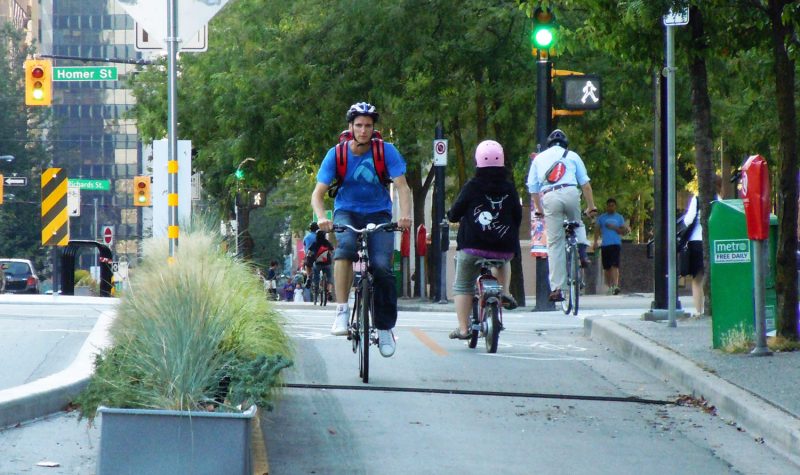By Tan Mei Xi
---
Last week, Vancouver City Council approved the five-year Climate Emergency Action Plan (CEAP), which contains 19 actions and sets Vancouver on a path to reduce Vancouver’s carbon pollution by 50 per cent by 2030.
According to the City, 54 per cent of Vancouver's carbon pollution comes from burning natural gas used to heat space and water in buildings, and 39 per cent of the city's emissions come from burning gasoline and diesel in vehicles.
The "game-changer" actions of the CEAP include setting carbon emissions limits for existing buildings; setting requirements for low-carbon construction materials and practices in new building construction; expanding the paid-parking-permit program across the city; and creating a plan to implement transport pricing, or congestion pricing, in the city by 2025.
Matt Horne, the City's Climate Policy Manager, said that while the CEAP is focused on mitigation, the city has adopted other strategies for helping Vancouver adapt to climate change. Some strategies he noted were increasing tree cover to reduce the "urban heat island" effect and access to cooling stations for residents during extreme heat events.
According to a report released earlier this year by the urban-solutions organization Evergreen, strategies that will help Downtown Eastside residents adapt to climate change include increasing access to clean, well-maintained washrooms; increasing access to clean drinking water; increasing tree cover in the neighbourhood; and additional cooling spaces.


